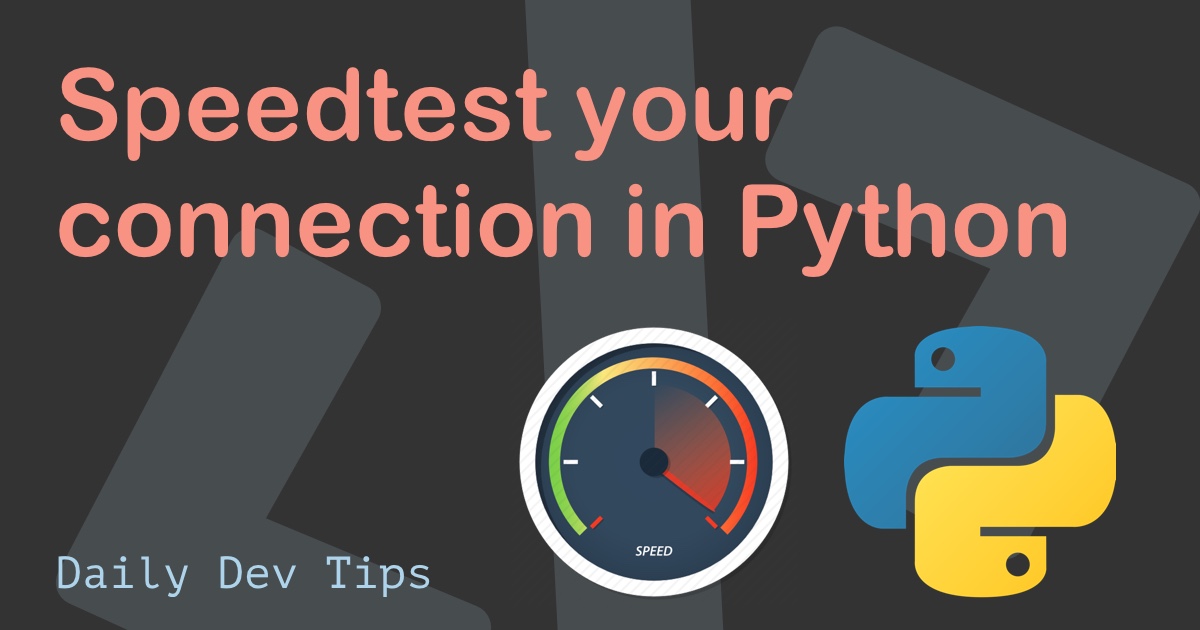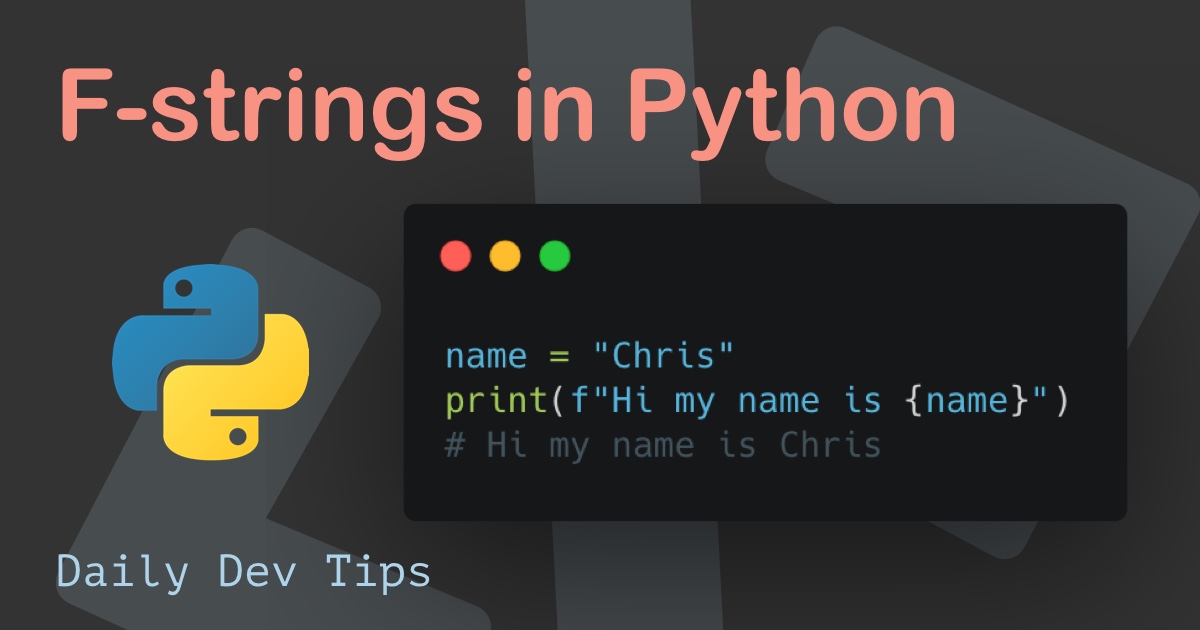Data types are an essential aspect of a programming language. As it comes down to Python there are several categorized data types built-in that we can leverage.
This article will guide you through the categories and which type each category has.
This guide will show you the basics of each. I will do a more detailed guide on some of these.
Text type data type in Python
As it comes to string in Python, there is only one option: the str.
As single or double quotes define string as we can see here:
foo = "String"
bar = 'string'Both variables will hold the exact same string.
Numeric type data type in Python
With numeric types, there is three built-in option we can leverage.
int, float, complex
I'll first show you what they look like:
a = 1 # Int
b = 3.14 # Float
c = 1j # ComplexIntegers can be numbers of any length, and they can even be negative. The only thing is they can't have decimals.
Some examples of different int in Python.
a = 1
b = 83458903489734890
c = -2323434As for a float, this again is a number, but it can hold decimals.
a = 3.14
b = 1.0
c = -40.53The complex to me is a new addition in programming, and it can define an imaginary part defined by the letter j.
a = 1+2j
b = 5j
c = -3jSequence type data type in Python
Sequence types are sets of data. See them as arrays or objects.
There are four basic types we can use.
list, tuple, set, range
I'll show you the basics of each sequence.
The list can be used to store multiple items in a single variable. These are generally compared to arrays.
list = ["dog", "cat", "penguin"]The list can store data, change, add or remove.
Tuples, however, can't be changed. This is the main difference from lists. Tuples are also created by using regular brackets.
tuple = ("dog", "cat", "penguin")A set is unordered and unindexed, meaning it can't contain multiple of the same entry. Curly brackets define a set.
set = {"dog", "cat", "penguin"}Then there is also the range option which allows us to create a range of numbers.
a = range(6)This will give us a range from 0-6.
Mapping type data type in Python
There is another sequence type, but it falls under a mapping type, and it's the dict one.
Dictionaries are used to store data as a key-value pair.
Dict = {
"type": "pet",
"animal": "dog",
"name": "Yaatree"
}A dictionary is changeable, so items can be removed, added, or changed.
We can, however, not have duplicates in a dict.
Boolean type data type in Python
As for the boolean, which we know holds a true/false statement can be used as the bool variable.
For instance, we can check random values for True or False.
bool(False) # False
bool("a") # True
bool({}) # False
bool(123) # True
bool(0) # False
bool(10 > 9) # TrueData types in Python
These are the basic built-in data types of Python you need to know when getting started with Python.
I would strongly suggest creating some basic Python script to run these and have a play around with.
Thank you for reading, and let's connect!
Thank you for reading my blog. Feel free to subscribe to my email newsletter and connect on Facebook or Twitter

